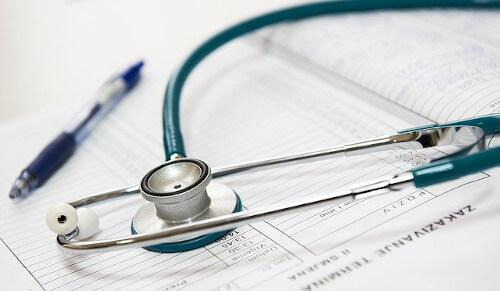Preparation for a Clinical Evaluation
In the first part of our blog series on clinical evaluations, we introduce you to the basics of the topic. In subsequent posts, we will delve deeper together, showing you step-by-step which requirements must be met. Feel free to also read Part 2 of the blog series.
Click here for our clinical evaluation services.
Why are Clinical Evaluations so Complex?
Previously, a physician would often simply refer to a few publications and, in conjunction with their expertise, vouch for the product’s safety and performance. This then constituted the clinical evaluation report (CER). The idea that such an approach is sufficient is still quite widespread. Even today, we receive such documents and encounter great surprise when we explain our approach. However, the requirements of 93/42/EEC and (EU)2017/745 demand a thorough, objective procedure. This must be methodologically sound and precisely defined. If one compares the “early CERs” with the current requirements, it quickly becomes clear that they fall far short of meeting them. The procedure, as required, is so elaborate because every detail must be precisely documented. Proof of objectivity requires that all decisions made, for example, regarding the creation of the literature search protocol and the exclusion of literature, are comprehensibly justified. This alone makes the literature evaluation part enormously extensive. In addition, there are other aspects such as interfaces to risk management, biocompatibility, usability, and clinical experience data or post-market surveillance data.
When should Clinical Evaluation Begin?
Ideally, it should begin early during product development. After all, it is quite possible that previously unconsidered risks or indications of usability may be identified in the CER. Such data must then be used, on the one hand, to feed into risk management. On the other hand, it may also be necessary to adapt the product’s design. However, it is often only started after development – meaning the medical device is already finished, and a CER is subsequently created. For manufacturers who already have a good understanding of their product risks, this works quite well.
What Documents Must be Generated?
A clinical evaluation plan and report must be created. It is not mandatory whether both documents should be separate or combined into one. Both approaches have advantages and disadvantages and are handled differently.
When Must the Clinical Evaluation be Updated?
This depends on the risk class of the medical device. For Class III and implantable products, it must be updated at least once a year – this is required by the MDR. For other risk classes, manufacturers must decide themselves when a planned update is necessary. Post-market surveillance activities can also be a trigger, in addition to scheduled updates.

Is Training Really Beneficial?
Generally, we advise everyone to attend a training course or workshop before independently starting to create a CER. Of course, you can start without training – it then depends entirely on how much time you allow yourself and how many attempts you want to make. Creating a document is one thing. Having the document reviewed by a notified body or authority, for example in an audit, is quite another. Then it quickly becomes clear whether the requirements have been correctly interpreted and whether the procedure is truly objective and precisely documented. In our experience, independently created CERs without specific prior knowledge always lead to discrepancies and many discussions. Therefore, we strongly recommend attending a training course or workshop beforehand.
One may risk one’s own life for a cause, but never the life of another
– Karl Popper
One must not forget: Clinical evaluation is an important component for demonstrating fundamental safety and performance requirements. These, in turn, are necessary for the approval of a medical device. Products that can positively influence human health can, of course, also do so negatively. The approval and the associated documents to be created form the basis for ensuring that the benefits of medical devices outweigh the risks. Therefore, product approval should always be taken seriously!
